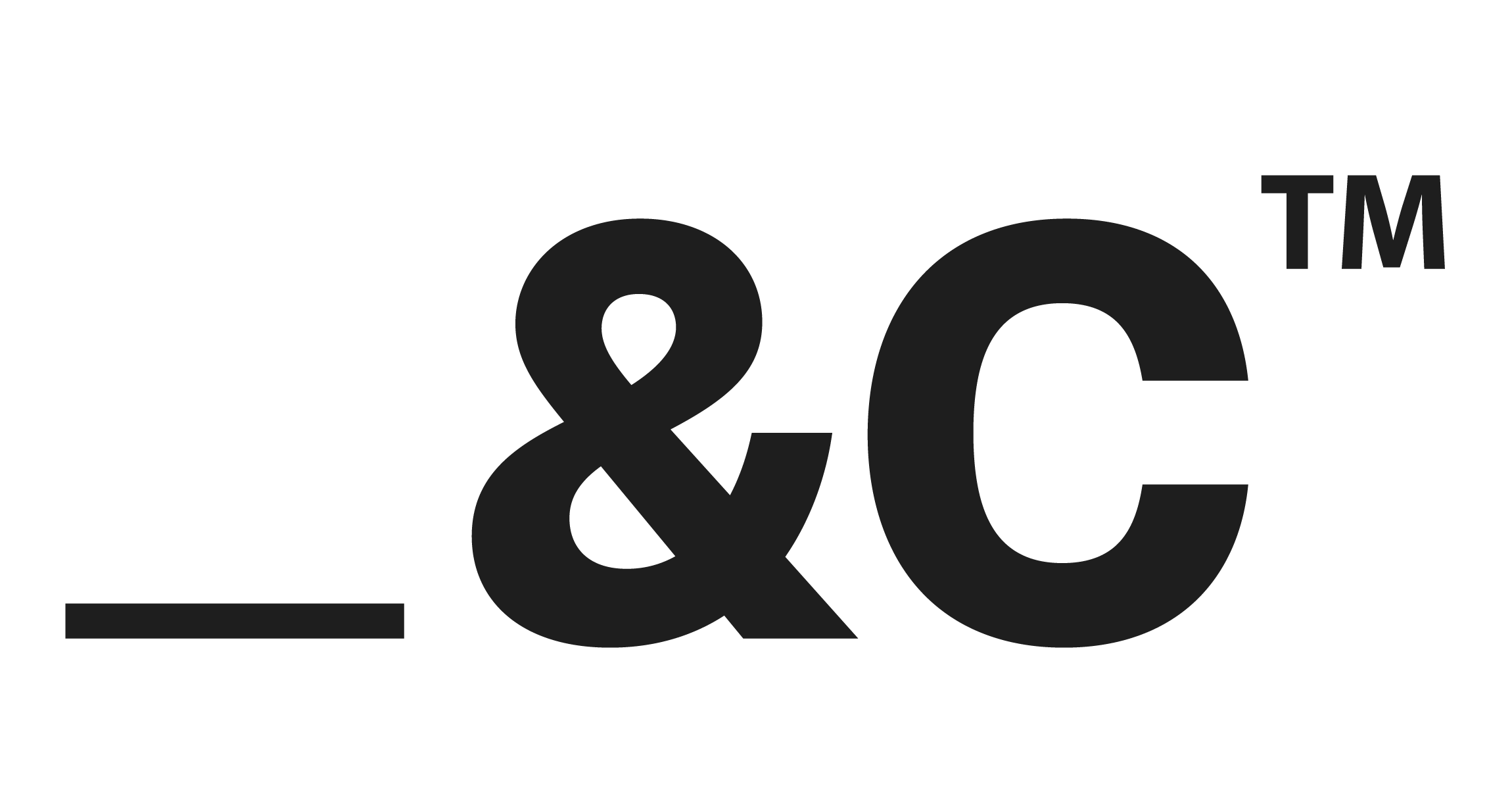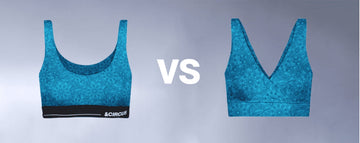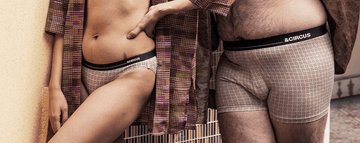Quick Listen:
In a bustling Brooklyn caf, where conversations about climate change mingle with the clink of coffee cups, a customer quietly chooses organic cotton briefs from Tailor and Circus, a brand redefining innerwear with sustainability at its core. This small act reflects a broader transformation in fashion, where eco-conscious choices are reshaping what we wear closest to our skin. The Rise of Sustainable Fashion in Everyday Innerwear signals a shift from fleeting trends to enduring values, driven by consumers who demand transparency and responsibility. The global fashion industry, long scrutinized for its environmental and social toll, is at a pivotal moment, and innerwear is leading the charge.
For decades, fast fashion giants like H M, Zara, and Shein have dominated by churning out trendy, low-cost clothing, often at the expense of workers in low-wage countries and the environment. This model, reliant on rapid production and outsourcing, has deepened global inequalities, echoing colonial exploitation. Yet, a counter-movement is gaining momentum. Consumers, particularly younger generations, are rejecting disposable culture, seeking instead ethical labor practices and eco-friendly materials. The innerwear sector, intimate and essential, is where this shift shines brightest, blending comfort with conscience.
The Sustainable Shift in Innerwear
Innerwear encompassing bras, briefs, and loungewear is a daily necessity and a booming market. In the United States, the lingerie sector was valued at $22.2 billion in 2024 and is projected to reach $34.2 billion by 2033, growing at a 4.9% annual rate . Beyond the numbers, a revolution is unfolding. Shoppers are moving away from synthetic, mass-produced garments, opting for materials like organic cotton, bamboo, hemp, and recycled fibers. These alternatives require less water and fewer chemicals than conventional fabrics, offering a softer touch for both skin and planet.
The rise of vegan fabrics reflects growing concerns about animal welfare. Brands are embracing plant-based options like Tencel, derived from wood pulp, and synthetic fibers that replicate the elegance of silk or lace without ethical compromises. Tailor and Circus, for example, crafts its innerwear with organic cotton and low-impact dyes, prioritizing sustainability without sacrificing style. Their commitment extends to fair wages and safe working conditions, setting a standard for the industry.
Circular fashion is another pillar of this transformation, emphasizing garment longevity through recycling, repair, and upcycling. Brands are launching take-back programs to recycle old innerwear into new fibers and offering repair services to extend garment life. This approach challenges the throwaway ethos of fast fashion, resonating with consumers who want their purchases to reflect their values. By reducing waste and promoting reuse, circular fashion is redefining the lifecycle of everyday wear.
Tailor and Circus: Leading with Purpose
Tailor and Circus, based in India, is a trailblazer in sustainable innerwear, proving that ethics and aesthetics can coexist. Their inclusive designs cater to diverse body types, using organic fabrics and eco-friendly dyes to minimize environmental impact. Beyond materials, their transparent supply chains and biodegradable packaging underscore a holistic commitment to sustainability. Fair wages and safe workplaces are non-negotiable, making them a model for the industry.
This ethos is echoed globally. Brands are partnering with certifications like Fair Trade, GOTS (Global Organic Textile Standard), and B Corp to ensure accountability. These standards assure consumers that sustainability claims are verified, not just marketing ploys. The influence of consumer demand is undeniable traditional lingerie brands are adapting, driven by a market that prioritizes eco-conscious choices. In 2020, Swedish models showcased sustainable fashion, proving that green designs can be both stylish and accessible.
Navigating the Challenges
The journey to sustainable innerwear is fraught with obstacles. Organic cotton and recycled materials often carry higher costs, challenging brands to balance affordability with eco-conscious practices. Tailor and Circus, like others, grapples with this tension, striving to keep prices accessible without compromising values. Supply chain complexities add another layer of difficulty. Sourcing ethical materials is challenging when global supply lags behind demand, and ensuring fair labor practices across every stage from farms to factories demands rigorous oversight.
Greenwashing remains a persistent threat. Some brands exploit the sustainability trend, applying eco-friendly labels to products with questionable credentials. A 2020 study revealed that voluntary efforts by major fashion companies to reform supply chains often failed, highlighting the need for standardized certifications and robust regulations. Consumers, increasingly skeptical, demand transparency through detailed sourcing information and independent audits. For brands, building trust is as vital as reducing environmental impact.
Seizing Opportunities in a Growing Market
Despite these hurdles, the sustainable fashion market is thriving, valued at $9.22 billion globally in 2024 and projected to reach $20.84 billion by 2033, with a 9.49% annual growth rate. Innerwear, with its daily relevance, is a key driver. Europe leads the charge, implementing policies like eco-tariffs and tax incentives for repair services to promote sustainable practices. This growth reflects a broader cultural shift, with consumers prioritizing ethical and eco-friendly choices.
For brands, sustainability is a strategic advantage. Tailor and Circus has built a loyal customer base by aligning with values like inclusivity and environmental responsibility. Younger consumers, in particular, view purchases as expressions of identity, rewarding brands that reflect their principles. Over time, sustainable practices such as reduced water use and minimized waste can also lower operational costs, offering financial as well as ethical benefits. In a competitive market, going green is both a moral imperative and a business opportunity.
A Future Stitched in Sustainability
Back in that Brooklyn caf, the choice of Tailor and Circus briefs feels like a small but powerful act. The sustainable innerwear movement is a blueprint for an industry at a turning point. Brands like Tailor and Circus demonstrate that style, comfort, and ethics can align, creating garments that resonate on every level. The global sustainable fashion market, expected to reach $8.80 billion by 2034 , underscores this momentum.
For businesses, the path forward involves investing in ethical sourcing, prioritizing transparency, and innovating with low-impact materials. Consumers, too, hold power each purchase shapes the industry's future. As the caf's buzz fades, a sense of optimism lingers. Sustainable innerwear is more than clothing; it's a statement about who we are and the world we envision. In an era of fleeting trends, that's a legacy worth weaving.
Disclaimer: The above helpful resources content contains personal opinions and experiences. The information provided is for general knowledge and does not constitute professional advice.
You may also be interested in: Boxer Briefs vs Briefs: Which One Is Right For You?
Uncomfortable underwear shouldn't steal your confidence. At Andcircus, we craft ultra-soft, sustainable Lenzing Modal Micro innerwear for every body, XS to 5XL. From briefs to bras, our custom packs fit you perfectly. Shop risk-free with our 100% satisfaction guarantee and embrace comfort that includes everyone. #LoveEveryBody. Shop Now!






































